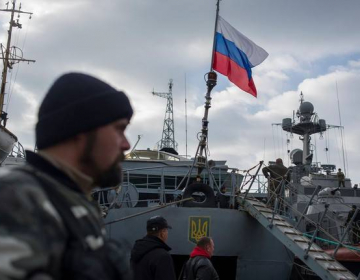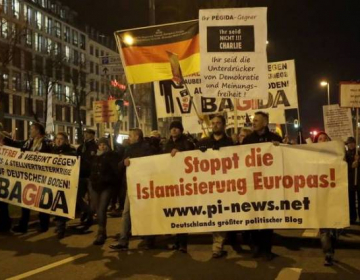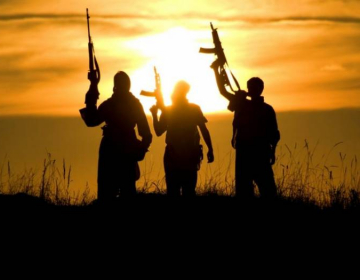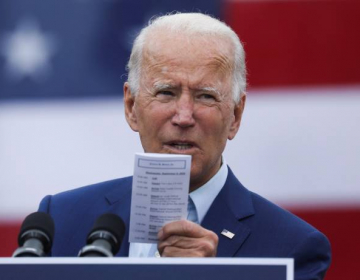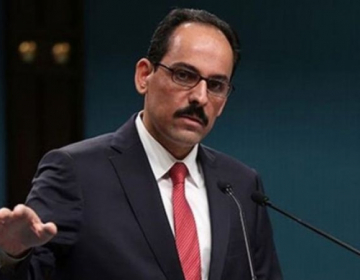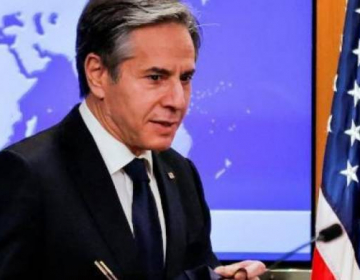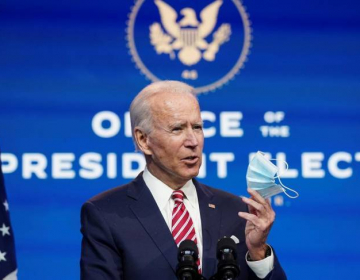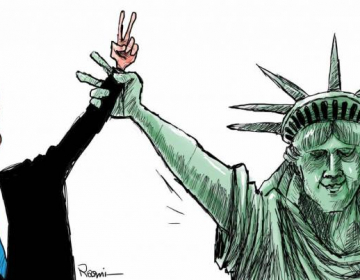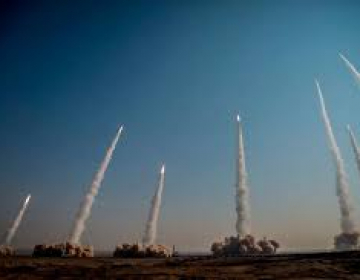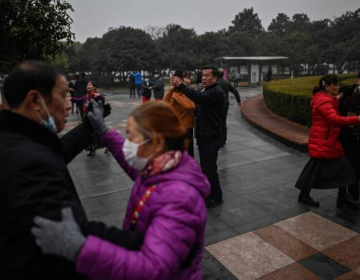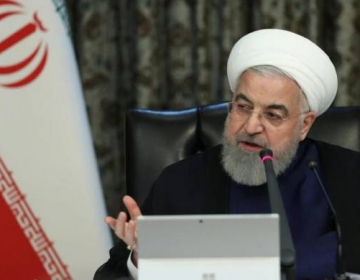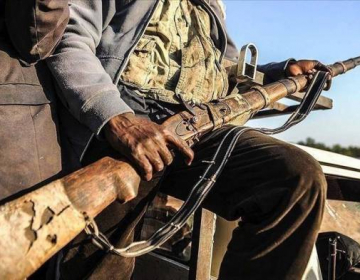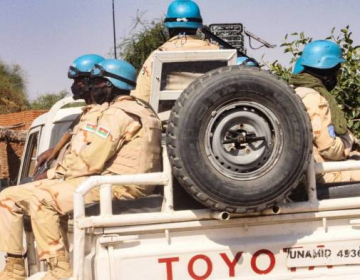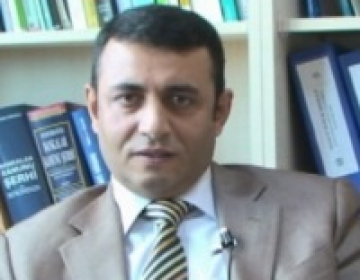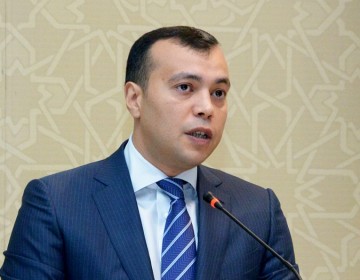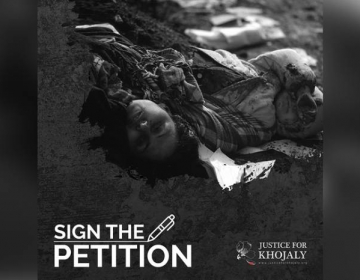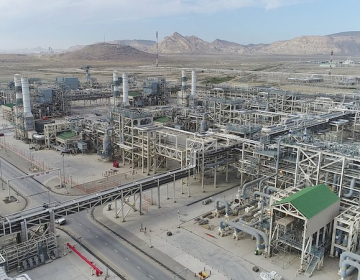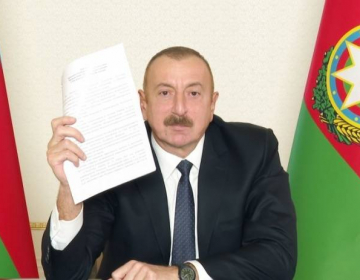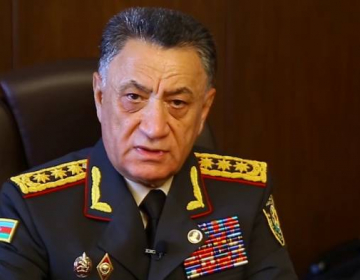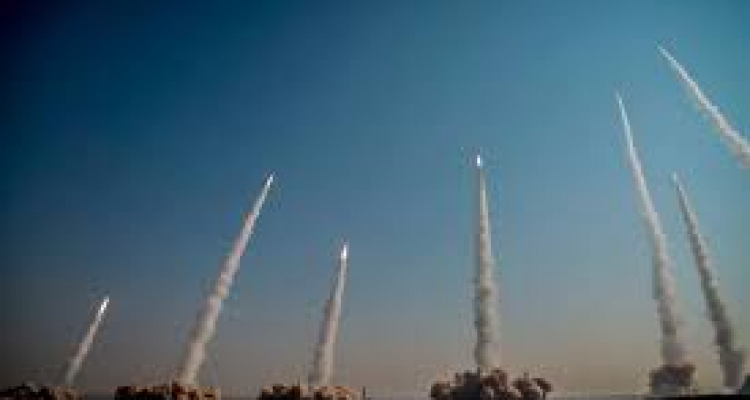Drones have become the weapon of choice around the world
By James Rogers
Washingtonpost
A year after President Donald Trump ordered a lethal drone strike on Iranian military leader Qasem Soleimani, the Iranian government continues to vow revenge. Just last week, Ayatollah Ali Khamenei, Iran’s supreme leader, retweeted a photo of Trump golfing under the shadow of a drone or plane, with the word “vengeance” standing out in red script in the Farsi message.
The killing of Soleimani, a top Iranian military leader in a third-party country (Iraq) — without that country’s permission — raised international concerns about the growing use of targeted drone strikes. But the death of Soleimani also seemed to throw “the drone rulebook” out of the window and open the door to widespread drone misuse. Not only did this attack violate the territory of Iraq, eroding norms of sovereign integrity, but it was also the first known use of a U.S. drone strike on another nation’s official.
Under President Barack Obama, strikes had been limited to the killing of terrorists and insurgents in “self-defense. ” Although legally dubious, the self-defense justification was not distorted to include “state terrorists.” Yet, with the Trump administration’s legal adjustments, government officials became legitimate targets — despite warnings from U.S. military officials that other nations could use the designation as a precedent for future actions.
Over the last 12 months, drone strikes have shifted the trajectory of conflicts from Yemen and Libya, through to the Caucasus. By looking at the world’s most prolific drone powers, such as Iran and Turkey, it becomes clear that the new drone age has altered the rules of war.
An estimated 102 countries have military drone programs. Some governments embrace the power and prestige of drone technology to project national interests; others use drones to act in a deniable manner, pursuing political goals “by remote control.” And at least 57 armed groups around the globe are capable of deploying drones.
Iran is developing sophisticated drone systems
In Iran, for example, the distance and deniability afforded by the drone has made it a valued tool in Iran’s arsenal. The Iranian drone program has innovated with sophisticated indigenously produced drones, which it supplies to regional allies. Soleimani himself allegedly orchestrated Iran’s supply of drones, adopting a strategy designed to ensure other governments and groups in the region used the same, or similar, drones. This tactic would then make it almost impossible to tell who conducted a lethal drone strike, and thus who should be held responsible and accountable.
Houthi rebels in Yemen provide an example of this “drone deniability” strategy. In 2019 and 2020, the Houthis used Iranian-supplied drones to conduct lethal drone assassinations, disrupt lucrative oil processing and strike deep into the cities of their joint enemy — Saudi Arabia and the United Arab Emirates.
After the September 2019 drone attacks on Saudi Arabia’s Aramco oil facilities, which shut off 6 percent of the world’s oil production, it was especially difficult for the international community to pin down the perpetrators. The Houthis initially claimed the attack and had the Iranian-supplied technology to achieve the strike. Yet conflicting evidence suggested that Iran was directly responsible. This plausible deniability, and the convenient confusion that ensued, hindered the international community’s attempts to hold the culprit to account.
Turkey’s foreign policy relies increasingly on drone power
Turkey has become one of the world’s most prolific drone users, relying heavily on drone systems to project prestige and power. The workhorse of the Turkish military is the Bayraktar TB2, an armed drone developed by President Recep Tayyip Erdogan’s son-in-law, Selcuk Bayraktar. The TB2 has a flight time of up to 27 hours and can carry a lethal payload of 330 pounds. These drones have played a pivotal role in Erdogan’s ambitious plans to project Turkish power across the region and support key allies.
In recent months, Turkey has deployed drones to Syria, northern Iraq and the Caucasus — and used drones to protect its oil claims in the Mediterranean. Turkey also intervened in the Libyan civil war, adding its drones to what one U.N. official called “the largest drone war in the world.” Turkish TB2s supported the U.N.-recognized Government of National Accord (GNA) against military leader Khalifa Hifter’s Libyan National Army, itself supported by the UAE’s powerful Wing Loong-II drones, which are made in China. The Turkish drones helped the GNA take major airfields and strike supply lines, shifting the course of the war.
Off the back of this success, Turkey was also involved in another major “drone vs. drone” conflict in 2020. As Armenia and Azerbaijan fought for aerial supremacy above the contested territory of Nagorno-Karabakh in the South Caucasus, Turkey supported the Azerbaijani military. In December, Armenia agreed to surrender some of the contested territory and allow Russian peacekeepers to maintain the redrawn borders.
What does the future hold?
Actions by Iran and Turkey are emblematic of a broader trend in international conflict: Countries are relying more and more on drones. This trend is likely to increase as China and the United States continue to sell drones to their allies. In the case of China, an explicit “drone diplomacy” has emerged — participation in Beijing’s Belt and Road economic and infrastructure projects appears increasingly linked to the purchase of Chinese-made military drones.
Trump attempted to counter China’s drone influence by advocating the relaxation of U.S. rules on drone exports. In the final weeks of his presidency, Trump pushed for the sale of U.S. drones to key allies like Morocco, the UAE and Taiwan, highlighting the message of political support that is tied to U.S. drone sales.
Yet, these sales may backfire. As drones shift the scope and rules of the modern battlefield, drone misuse will become increasingly likely, either through more attacks without a clear perpetrator, or by middle powers emboldened to project themselves into bigger conflicts. It’s perhaps too early to say if President Biden will continue to sell and deploy drones in a similar way to Trump. But, as more governments and nongovernment groups acquire high-tech drones, it will become increasingly easy to be a distant and deniable participant in conflicts playing out in increasingly murky and congested skies.
pia.az

